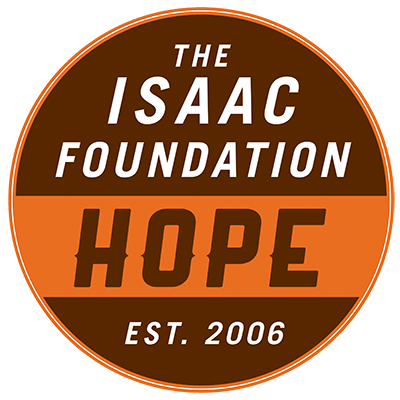
I had a conference call yesterday with Dr. Stockler and her wonderful resident Dr. Clara Van Karenebeek to get results from the shwack of tests Trey recently had. Trey’s ultrasound showed that the little bump on Trey’s upper abdomen is a lymph node. It’s not an abnormal size and it looks harmless, but as with everything, they will follow it. I asked a number of questions about the lymph node, but they didn’t seem to have a lot of answers. They want to see him in clinic (the reason I had a phone call and we didn’t go into Children’s is because I was trying to stay away from the hospital to keep Trey healthy for our trip to UNC!?) to look at it. They said they think it’s behind the muscle, it could be because of weak muscle, but they don’t really know.
In rheumatology, Dr. Petty noticed some thickening of the bone at the outside of Trey’s knees and discussed the possibility of x-ray, but when he followed up with Dr. Stockler, they decided this was not necessary. It’s likely a part of MPS and is again, something to follow. We’ll see him in a year again.
The biggest issue we discussed is carpal tunnel syndrome. Trey had bilateral carpal tunnel release surgery a few years ago to relieve the pressure that build up of GAGs was causing to the nerve in his carpal tunnel. In a nutshell, nerve conduction tests are done to find out how quickly the message in the nerve travels through the carpal tunnel. Before Trey’s surgery I was told compression of the nerve was about 7/10 in both hands, so quite high. We didn’t do follow up nerve conduction tests after surgery until now because Dr. Stockler would not have re-done the surgery anyways, even if the pressure was high again. The reason is, only so many carpal tunnel releases can be done in a lifetime because with repeated surgeries the scar tissue can compress the nerve and do as much damage as the GAG build up. In addition, it’s not a pleasant test (think electric shock in your hands), so no reason to do it unless necessary.
And the results from this year: Trey’s nerve compression in his carpal tunnel is the same as it was before his surgery. Which to think about is painful. Poor Trey. So we discussed why. And no one knows. Dr. Stockler saw Dr. Muenzer this past weekend and asked him as well, and still, there is no clear path for what to do. I fought for Trey to have nerve conduction tests as early as he did. This is not protocol in Hunter Syndrome because I guess doctors didn’t think it was an issue so early on. As a result, there is no information about kids with carpal tunnel syndrome in Hunter Syndrome so early. In addition, no one is sure why the pressure is so high. There are three potential reasons: 1. The message just travels slower through the carpal tunnel in Hunter Syndrome than in the rest of us, 2. The damage done by compression before Trey’s surgery was permanent and his nerve could not recover, and 3. He just has new build up of GAGs causing compression again.
We will be referred to the plastic surgeon again, to discuss this in detail. Dr. Stockler and Dr. Muenzer also discussed a new technology that uses ultrasound to look at the nerve, so they can see what is happening to it, so I am now on a mission to find out what this test/technology/procedure is called and find out where it is done (Dr. Stockler and Van Karnebeek are not sure it’s done here). I am also on a mission to find someone who has more of a clue about carpal tunnel syndrome in Hunter Syndrome. I’m hoping there is one!
I think about receiving news like this and the fact that it didn’t really upset me (a bit yes, but not to the point of tears and not to the point where I can’t stop thinking about it). Maybe it’s because I have bigger things to be upset about. I find it somewhat strange that I don’t get more worried about a lymph node or severe carpal tunnel syndrome. I guess this all pales in compares to the trial. Self reflection… interesting.
